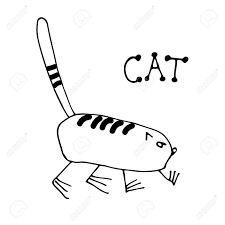At the beginning of this semester I thought I knew what literacy was.
I thought that reading was reading and writing was writing and there wasn't much more to it. I thought that reading was only learned in school- where as when I look at it through the lens that we have used throughout this class, literacy is everywhere- and we need it greatly in order to survive. All of the factors that contribute to a literate person, including but not limited to phonics, phonemic awareness, fluency, early childhood literacy learning, reading and writing processes and other topics are all of these factors contribute to what I now understand as literacy and what it means to be literate. My literacy status is always growing I believe, because there is always room for improvement when it comes to your own literacy; there is always room for growth and learning even as an adult.
Overall I believe that I have a better understanding of literacy as a whole. I understand now that literacy starts from a very young age in your early childhood development, and you create new skills such as reading and writing, and you build on those skills throughout your childhood and adolescence to become a literate person. One of the thing that I learned the importance of that I thought I had a good grasp on before this class was the importance of diverse learning materials. An example being, for teaching the alphabet Tompkins made a chart (figure 4-2 on page 117) to teach the alphabet to young students. These examples included everything from alphabet books to magnetic letters to letter books and posters and many other examples of how to just differentiate teaching the alphabet. Tompkins gives many tables and charts throughout the text book that are helpful to teachers in differentiating and understand what they need to be able to teach and what the students need to understand.
I was also taught this semester that literacy knowledge has a sequence to it, and its all about building future and present knowledge off of past literacy knowledge. As discussed in the Deeper Dive of Matt and I on phonics and phonemic awareness, literacy has a base which is phonics and phonemic awareness, and we keep building off of that base to be able to spell, and that leads us to be able to read and write. I learned that phonics isn't as terrifying as it once was to me- that I learned phonics through activities and as I have experienced- without knowing that I am learning phonics.
This blog throughout the semester has helped me keep track of my thoughts on the topics throughout the semester as I learned about the different topics that involved and created literacy. The blog throughout the semester also helped me think in an organized way where I could record how I would teach different topics of literacy to my future students and I am able to look back to those thoughts on this blog. I am thankful for this class and everything that it has taught me so that I can teach literacy to students better and I now have a better understanding of what literacy is.


